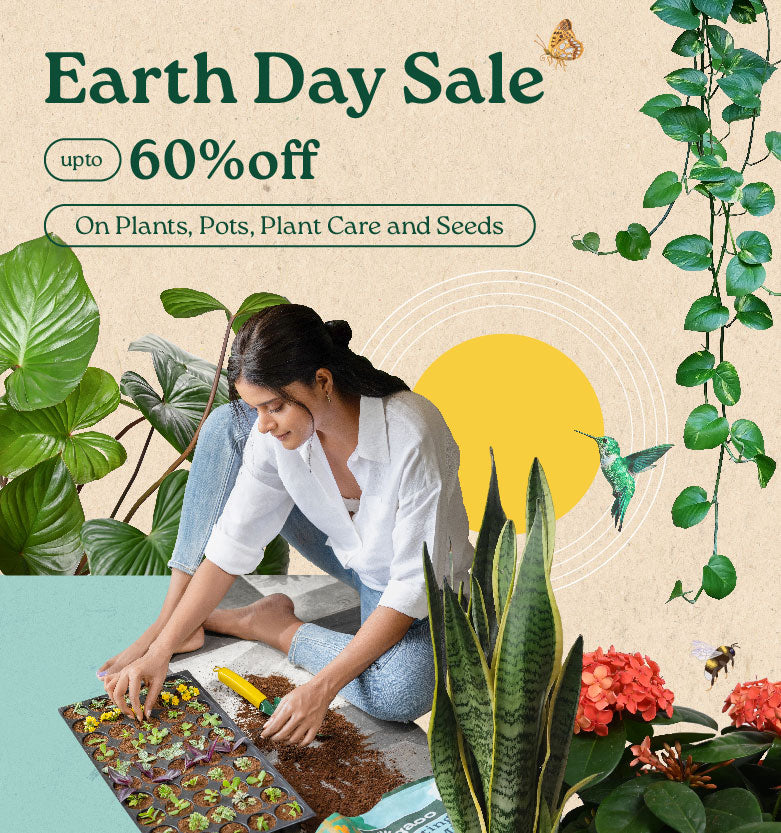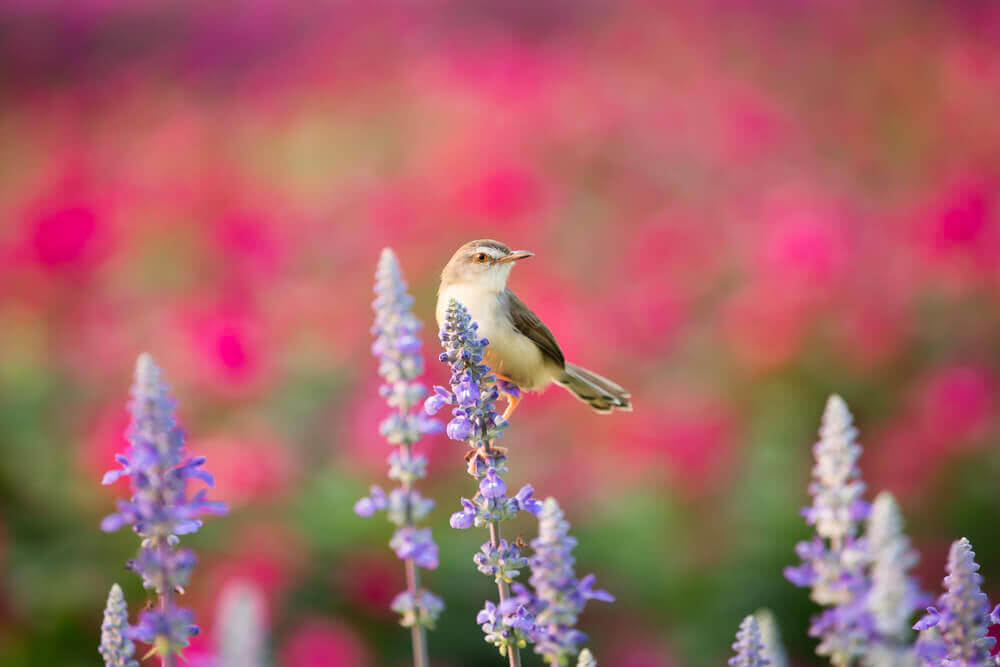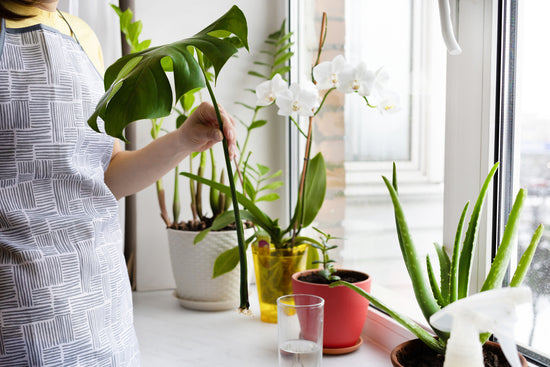
In this blog, we will explore ways in which you could garden for the birds and make this new year a happy one for them.
1. Planning Garden for the Birds:
Visit parks and wildlife sanctuaries. Make a note of local species of birds and plants. Sketch a rough layout and plan. Then create topiaries, bring in attractive bird houses and bird feeders. Read about how to attract birds in your garden.
Indian birds that visit the garden:
- The Sunbirds
- Rose Ringed Parrot
- Greater Coucal
- Green Bee Eater
- Indian Roller
- Black Drongo
- Asian Koel
- Blue Kingfisher
- Laughing Dove
- Red Vented Bulbul
- Babbler
- Black Kites
- Indian Myna
- Red Whiskered Bulbul
- Common Tailorbird

2. Feeding the birds in the garden:
To draw birds into the garden, feed them regularly. Once visiting your garden becomes a habit for the birds, they will be dependent on you.
Below are a few do’s and don'ts while feeding the birds:
- Do not feed them bread crumbs; as these crumbs are bulky and might fill their stomach, but their nutritional value is zero. As humans birds need nutrition too. Thus, feed them with a right quality seed mix that will meet their energy levels.
- Mealworm is an ideal source of protein. The dried variants can be moistened by soaking in water. These will lure birds into your garden, and they will love the treat.
- Most of the bird food brands contain weed seeds, so to avoid weeds from invading your garden by keeping a tray beneath your feeder. You can also go for non-sprouting foods or baked seeds, which won’t sprout.
- During the winter, provide fatty foods like fat balls made with melted suet and seeds. Leave them suspended from a tree branch and watch birds flock to feed on it. The fat keeps the birds warm during the night. Peanuts are a good option too. But, do not feed them whole. Crush peanuts into smaller pieces and then leave them for your tiny friends. Stop giving peanuts during spring, as they might choke the small chicks.
- Most of the birds love fruits. You can feed them with cut apples, or bruised and fallen fruits.
- Lastly, keep your feeder spic and span. Wash it regularly.

3. Trees that will attract birds to your garden:
- Bullet wood Tree (Mimusops elengi)
- Mahua Tree (Madhuca longifolia)
- Jamun Tree (Syzygium cumini)
- Chinaberry (Melia azedarach)
- Mango Tree (Mangifera indica)
- Neem Tree (Azadirachta indica)

4. Tips to Grow Bird Food in Your Garden:
To attract birds in your garden, grow plants that provide seeds and berries for birds to pick. Holly and ivy trees are ideal because their berries last till the end of the winter, when food resources are scarce. The seed-producing plants include sunflowers, thistles, and greater knapweed to name a few. Buy seeds online in India.
5. Make Shelter for Birds in your Garden:
For birds to stay in your garden provide them plenty of shelters. Plant a series of dense bushes and hedges that act as a corridor for birds and also provide a safe refuge for smaller species. If your garden is enclosed with lawns and fences, plant shrubs. Create a zone where birds will feel safe and would love to reside.

6. Provide Water to the birds:
Water is the elixir of life. Birds need it too! Thus, make arrangements for a birdbath. Place it in an area where birds can see the predators approaching them. Raise it off the ground and provide shade during summers. Clean the birdbath every two weeks at least.

7. Windows are dangerous for birds:
If your windows reflect sky and garden, then they might be a threat to the birds. You might see a couple of them hit the window with a fatal thud. Thus, place feeders and plants minimum 30 feet away from the nearest window. Decorate your windows with bright colors and hangings that would prevent the birds from colliding dramatically!
Lastly, use pesticides with caution. Some pesticides might harm the birds directly, while the others might kill the insects and worms that the birds feed on. In either case, your feathery friends will be injured.

This 2018, let’s create an environment where both humans and birds live together in harmony, and a happy Earth is revived!












